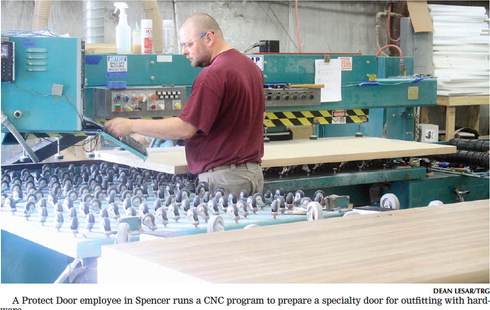Protect Door fills niche for secure doors


BY DEAN LESAR
TRG
A little more than a decade ago, Alan Deiler saw the market was open to a niche product in his industry....


BY DEAN LESAR
TRG
A little more than a decade ago, Alan Deiler saw the market was open to a niche product in his industry....